How to Clean Vinyl Siding: Best Cleaners and Techniques for a Sparkling Home Exterior
Cleaning vinyl siding transforms your home's appearance dramatically while protecting your investment from damage caused by dirt, mold, mildew, and environmental contaminants. Northern Virginia's humid climate, tree coverage, and seasonal weather create ideal conditions for algae growth, mildew accumulation, and stubborn staining that diminish curb appeal and potentially compromise siding integrity. Understanding the best cleaner for vinyl siding, proper application techniques, and maintenance schedules helps homeowners maintain beautiful, protected exteriors without causing damage from harsh chemicals or improper cleaning methods that void warranties or accelerate siding deterioration.
Why Regular Vinyl Siding Cleaning Matters
Vinyl siding accumulates dirt, pollen, mold, mildew, and algae that create unsightly green or black streaks diminishing your home's appearance. Beyond aesthetics, these contaminants can damage siding over time. Mold and mildew eat into vinyl's surface, creating pitting and discoloration that becomes permanent. Algae retains moisture against siding, accelerating degradation and potentially allowing water infiltration behind panels. Dirt and grime contain acids and chemicals that etch vinyl's protective coating, reducing its UV resistance and weather protection capabilities.
Regular cleaning prevents these problems while maintaining property value. Clean homes sell faster and command higher prices than neglected properties with dirty, stained siding. Cleaning costs $200-600 for typical homes when done professionally, or less for DIY approaches—minimal investment protecting assets worth hundreds of thousands. Northern Virginia's climate demands more frequent cleaning than drier regions, with annual or biannual cleaning maintaining optimal appearance and protection. These practices complement overall siding maintenance extending material life significantly.

Best Cleaners for Vinyl Siding: Professional Options
The best cleaner for vinyl siding depends on specific contaminants and staining types. For general dirt and grime, simple solutions of dish soap and water work excellently—mix 1/3 cup powdered laundry detergent or dish soap per gallon of water. This gentle approach cleans effectively without damaging vinyl or surrounding landscaping. For tougher jobs involving mold, mildew, or algae, oxygen bleach (sodium percarbonate) provides powerful cleaning without chlorine bleach's harsh effects on plants and siding color.
Commercial vinyl siding cleaners formulated specifically for this application offer convenience and effectiveness. Products like Simple Green, Krud Kutter, or 30 Seconds Outdoor Cleaner contain surfactants breaking down dirt and organic growth while remaining safe for vinyl. These cleaners typically cost $15-30 per gallon concentrate making several gallons of cleaning solution. Avoid cleaners containing organic solvents, undiluted chlorine bleach, or harsh acids that damage vinyl or void manufacturer warranties. Always test cleaners on inconspicuous areas before full application, verifying they don't discolor or damage your specific siding material.
DIY Cleaning Solutions: Effective and Economical
Homemade cleaning solutions provide excellent results at fraction of commercial cleaner costs. The classic vinegar solution—70% water and 30% white vinegar—cuts through dirt and mildew effectively while remaining completely safe for plants and vinyl. For enhanced cleaning power, add 1/4 cup of baking soda per gallon, creating a mild abrasive that scrubs away stubborn stains without scratching vinyl's surface.
For mold and mildew, oxygen bleach solutions work wonderfully. Mix 1 cup oxygen bleach powder per gallon of warm water, allowing it to dissolve completely before application. This solution kills mold and mildew while brightening siding without the plant damage and color fading risks associated with chlorine bleach. Trisodium phosphate (TSP) solutions—1/3 cup TSP per gallon of water—tackle extremely dirty siding or areas with heavy grease contamination, though TSP requires careful handling and thorough rinsing. These DIY approaches save money while delivering results matching commercial products. Understanding these cleaning options complements knowing when repairs become necessary as discussed in finding quality contractors.
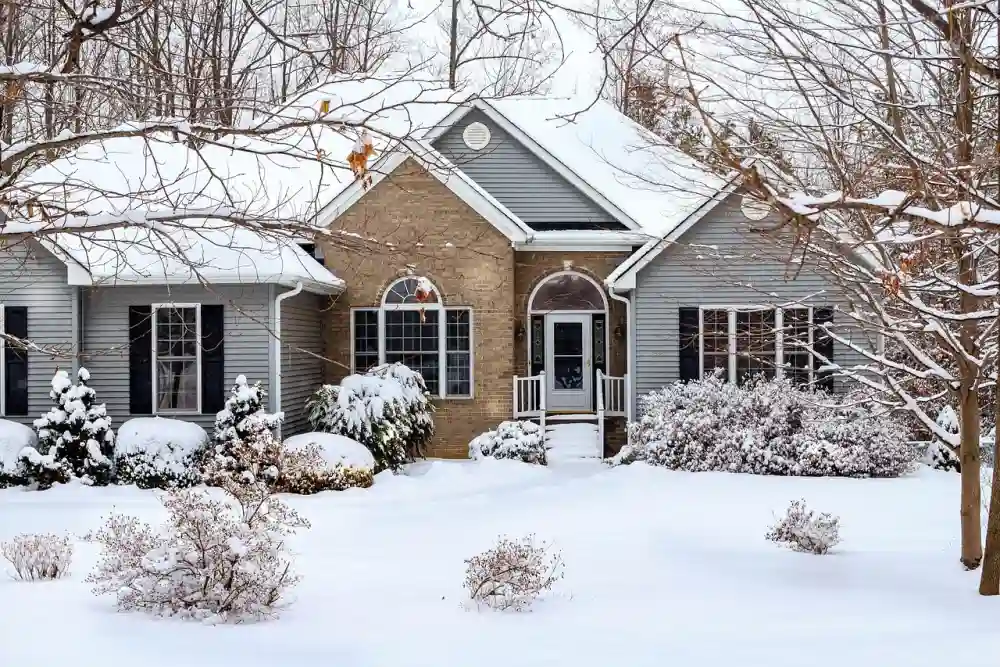
Pressure Washing vs. Soft Washing Techniques
Pressure washing and soft washing represent two distinct approaches to cleaning vinyl siding, each with advantages and risks. Pressure washing uses high-pressure water—typically 1,500-3,000 PSI—forcefully removing dirt, mold, and stains quickly. This efficiency appeals to homeowners wanting fast results. However, excessive pressure drives water behind siding panels, potentially causing moisture damage, mold growth, and insulation saturation. High pressure also damages vinyl, cracking brittle older siding or forcing newer panels out of position.
Soft washing uses low pressure (under 500 PSI) combined with specialized cleaning solutions doing the work rather than water pressure. Cleaners remain on siding for 10-15 minutes, breaking down contaminants before gentle rinsing removes them. This approach cleans as effectively as pressure washing while eliminating risks of water infiltration or siding damage. Professional contractors increasingly favor soft washing for vinyl siding, reserving pressure washing for concrete, brick, and other materials withstanding high pressure without damage. DIY homeowners should limit pressure washers to 1,200-1,500 PSI maximum when cleaning vinyl, using wide-angle tips maintaining several inches distance from siding surface.
Step-by-Step Cleaning Process
Effective vinyl siding cleaning follows systematic processes ensuring thorough results without damage. Start by removing loose debris—brush away cobwebs, leaves, and dirt with a soft-bristle brush or broom. Pre-wet surrounding landscaping thoroughly, protecting plants from cleaning solutions. Cover delicate plants with plastic sheeting or tarps. Close all windows and doors, ensuring water doesn't infiltrate your home during cleaning.
Apply cleaning solution from bottom to top in 3-4 foot sections, preventing streaking from solution running down dirty siding. Allow cleaners to dwell for 5-15 minutes depending on soil level, but don't let solutions dry on siding. Scrub stubborn areas with soft-bristle brushes—never use abrasive pads or stiff brushes that scratch vinyl. Rinse thoroughly from top to bottom, ensuring all cleaner residue washes away completely. Work in sections small enough to complete washing and rinsing before solutions dry. Repeat process for heavily soiled areas requiring multiple applications. These thorough cleaning processes maintain siding appearance between professional services or major projects like siding replacement.
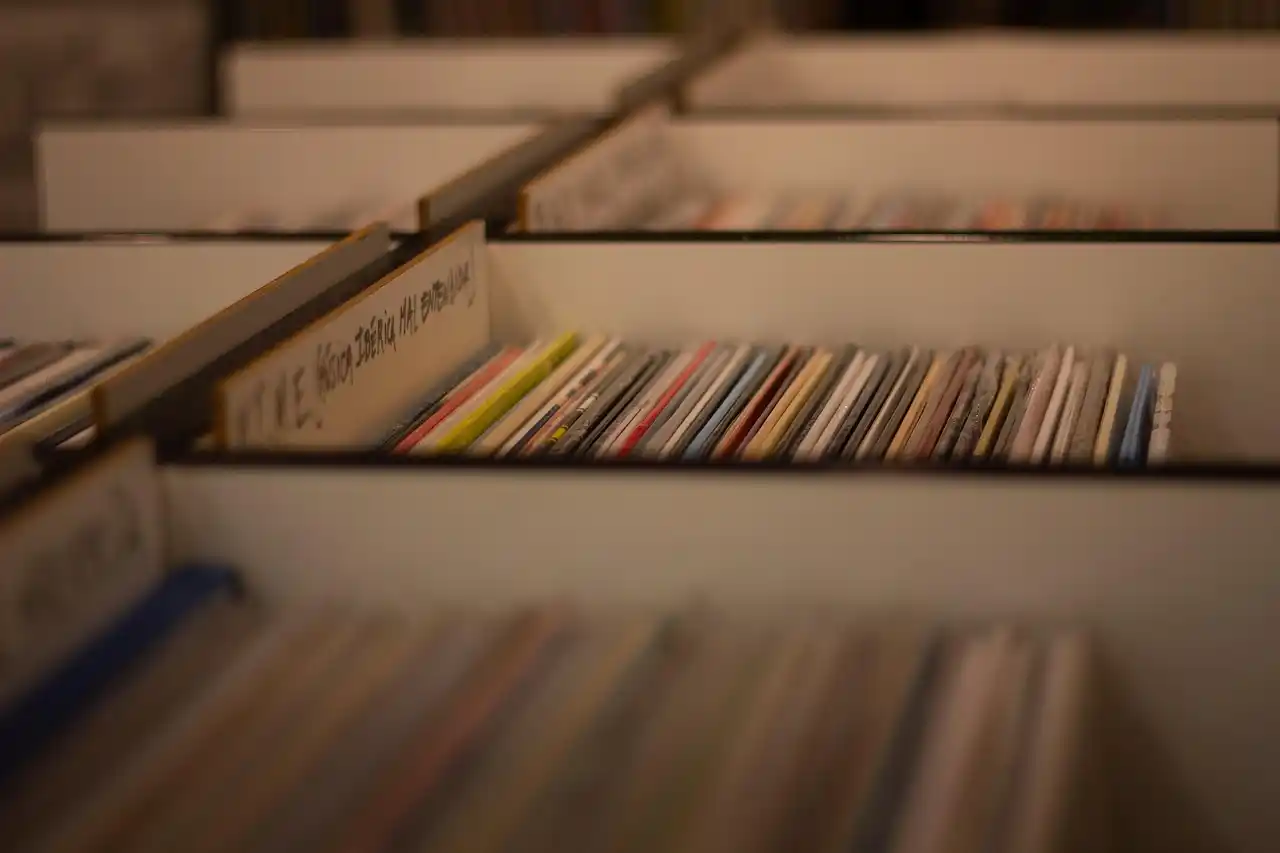
Removing Specific Stains and Contaminants
Different stains require targeted approaches for effective removal. Mold and mildew respond best to oxygen bleach solutions or commercial mildew removers applied and allowed to dwell 15-20 minutes before scrubbing and rinsing. Algae—appearing as green staining especially on north-facing walls—requires similar treatment though stubborn algae may need multiple applications or stronger solutions. Tree sap dissolves in mineral spirits applied carefully with soft cloths, though excessive rubbing can damage vinyl's finish.
Rust stains from gutters or metal fixtures require oxalic acid-based cleaners specifically formulated for this purpose. Paint splatters from adjacent work often come off with gentle scraping using plastic scrapers followed by solvent cleaning with approved vinyl-safe products. Chewing gum freezes with ice making it brittle and easily removable. Graffiti or marker stains respond to specialty graffiti removers or careful application of mild solvents, though some permanent markers resist all cleaning attempts. Understanding stain-specific treatments prevents damage from inappropriate cleaning methods while achieving results general cleaning cannot match.
Safety Considerations and Precautions
Cleaning vinyl siding involves hazards requiring appropriate precautions. Working on ladders cleaning second-story siding creates fall risks—use proper ladder safety techniques, maintain three points of contact, and never overreach. Consider professional services for high or difficult-to-access areas rather than risking serious injury. Wear eye protection preventing cleaning solution splashes from causing eye damage. Chemical-resistant gloves protect hands from cleaners and prevent skin irritation from prolonged solution exposure.
Ensure adequate ventilation when using strong chemical cleaners, avoiding breathing concentrated fumes. Read all product labels thoroughly, understanding proper dilution ratios and safety requirements. Never mix different cleaners—combining products can create dangerous chemical reactions producing toxic fumes. Protect surrounding landscaping from cleaner runoff that can damage or kill plants. Cover electrical outlets and fixtures, preventing water infiltration creating shock hazards. These safety practices protect you, your family, and your property during cleaning operations. Similar safety considerations apply when undertaking DIY versus professional repairs on exterior surfaces.
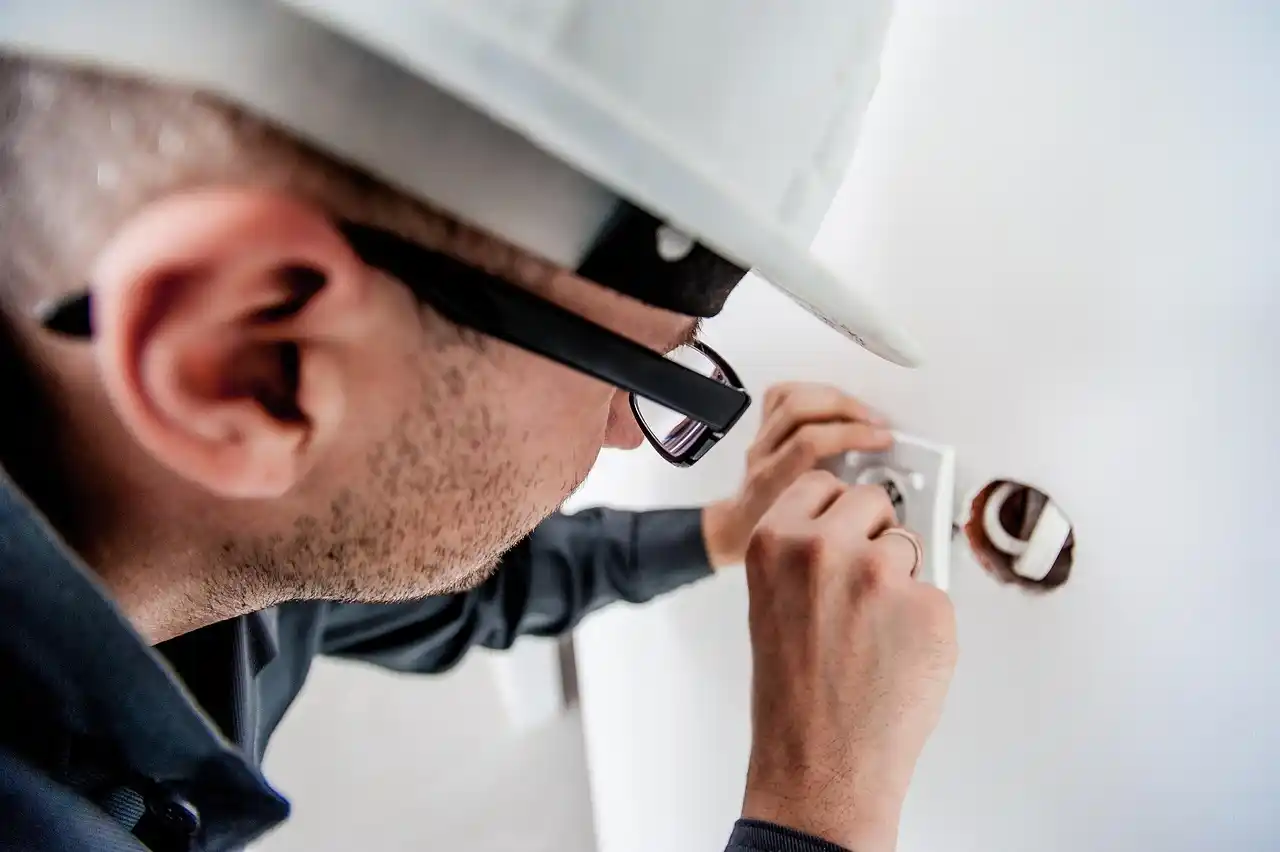
Seasonal Cleaning Schedules
Northern Virginia's climate demands strategic timing for vinyl siding cleaning. Spring cleaning after winter weather removes accumulated dirt, pollen, and organic debris while preparing homes for outdoor living season. Late spring timing allows addressing mold and mildew beginning growth during humid conditions before they establish heavily. Fall cleaning before winter removes summer's algae growth, prepares homes for holiday season, and addresses accumulated grime from summer storms and humidity.
Additional mid-summer cleaning benefits homes in heavily wooded areas or those experiencing significant algae problems. Avoid cleaning during extreme heat when solutions dry too quickly or during freezing weather when water creates ice hazards. Cloudy days provide ideal conditions—solutions don't dry prematurely while moderate temperatures make work comfortable. Many homeowners adopt annual cleaning schedules adequate for lightly soiled siding, while those in challenging locations or with north-facing walls require biannual cleaning maintaining appearance. Regular cleaning schedules prevent heavy contamination requiring professional intervention or harsh cleaning methods.
Professional vs. DIY Cleaning
Deciding between professional cleaning services and DIY approaches depends on various factors. DIY cleaning costs $50-150 for supplies and equipment rental, taking most homeowners 4-8 hours for average homes. This approach works well for homeowners comfortable with physical work, possessing necessary equipment, and able to safely access all siding areas. DIY provides satisfaction and cost savings while allowing you to control timing and methods.
Professional services cost $200-600 depending on home size, contamination level, and accessibility. Professionals bring experience identifying problems, proper equipment, effective cleaners, and insurance protecting against damage. They complete work in 2-4 hours, handling difficult high areas safely. Professional cleaning makes sense for tall homes, those with significant contamination, or homeowners lacking time, equipment, or physical ability for DIY work. Many homeowners adopt hybrid approaches—DIY annual maintenance cleaning supplemented by professional deep cleaning every 2-3 years addressing accumulated problems. Understanding these tradeoffs helps when evaluating broader exterior maintenance including decisions about repair versus replacement timing.

Equipment and Tools for Effective Cleaning
Proper equipment makes vinyl siding cleaning more effective and efficient. Garden hose with adjustable nozzle provides basic rinsing capability, though pressure washers expedite cleaning when used carefully at appropriate pressures. Soft-bristle brushes on extension poles allow scrubbing high areas without ladders. Pump sprayers apply cleaning solutions evenly while reaching second-story areas. Five-gallon buckets hold cleaning solutions while ladder hooks keep them accessible during work.
Personal protective equipment includes rubber gloves, safety glasses, closed-toe shoes with good traction, and old clothing tolerating splashes and stains. Sturdy extension ladders meeting or exceeding your home's height requirements provide safe access. Tarps or plastic sheeting protect landscaping and cover areas requiring protection. Consider investing in quality equipment if cleaning regularly, though rental options work well for occasional cleaning needs. Having proper tools makes work faster, safer, and more effective than improvising with inadequate equipment.
Common Cleaning Mistakes to Avoid
Several common mistakes compromise cleaning results or damage siding. Using excessive pressure ranks as the most frequent error—high pressure forces water behind siding or cracks vinyl. Maintain pressure under 1,500 PSI and keep spray tips 12+ inches from siding surface. Scrubbing with abrasive pads or stiff brushes scratches vinyl's protective coating, creating texture that attracts dirt and reduces weather resistance. Always use soft-bristle brushes or soft cloths for scrubbing.
Allowing cleaning solutions to dry on siding creates streaking and residue requiring additional cleaning. Work in manageable sections, maintaining wet surfaces until rinsing. Using undiluted chlorine bleach fades siding color, kills landscaping, and voids many manufacturer warranties. Stick with oxygen bleach or properly diluted solutions. Spraying upward under siding panels drives water behind vinyl, potentially causing moisture damage and mold growth. Always spray downward or straight-on, never upward. Avoiding these mistakes ensures effective cleaning without damage, maintaining siding appearance and integrity. These careful practices mirror the attention required when addressing roof flashing repairs and other critical maintenance.
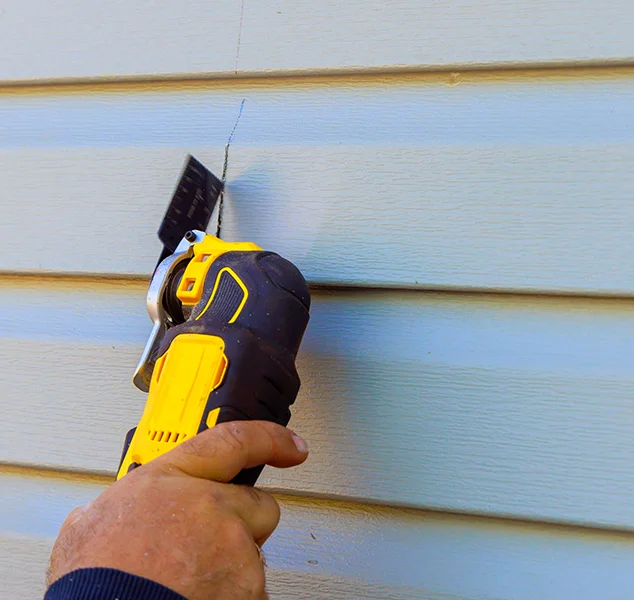
Environmental Considerations
Vinyl siding cleaning impacts surrounding environment through runoff carrying cleaners, contaminants, and debris. Choose biodegradable, environmentally friendly cleaners whenever possible, protecting lawns, gardens, and local waterways. Oxygen bleach breaks down into harmless oxygen and water after use, making it environmentally superior to chlorine bleach leaving persistent chemicals. Many commercial cleaners advertise environmental friendliness—verify these claims through independent certifications like EPA Safer Choice labels.
Minimize runoff volume by using appropriate cleaner concentrations rather than excessive dilution requiring more rinsing. Divert downspouts temporarily if cleaning near storm drains, preventing concentrated cleaner from entering waterways. Pre-water and post-rinse landscaping thoroughly, diluting any cleaning solution contact. Consider timing cleaning before expected rain naturally rinsing treated areas while further diluting any ground contamination. These environmental practices protect your property and community while maintaining effective cleaning results.
Preventive Measures Reducing Cleaning Frequency
Several strategies reduce how frequently vinyl siding requires intensive cleaning. Trim trees and shrubs maintaining 12-18 inches clearance from siding, improving air circulation that discourages mold and mildew while reducing debris accumulation. Address roof or gutter problems causing water runoff staining siding—proper drainage prevents many staining issues. Apply mold and mildew inhibitors after cleaning, creating protective barriers reducing organic growth between cleanings.
Keep gutters clean, preventing overflow that splashes dirty water onto siding creating streaks and stains. Fix irrigation systems spraying siding, as constant moisture promotes algae and mildew growth. Consider installing gutter guards reducing maintenance while preventing overflow problems. These preventive measures don't eliminate cleaning need but extend intervals between required cleanings while reducing contamination severity. Investing in prevention saves time and effort over vinyl siding's 20-40 year lifespan. Similar preventive thinking applies when maintaining other home systems including understanding roof longevity strategies.
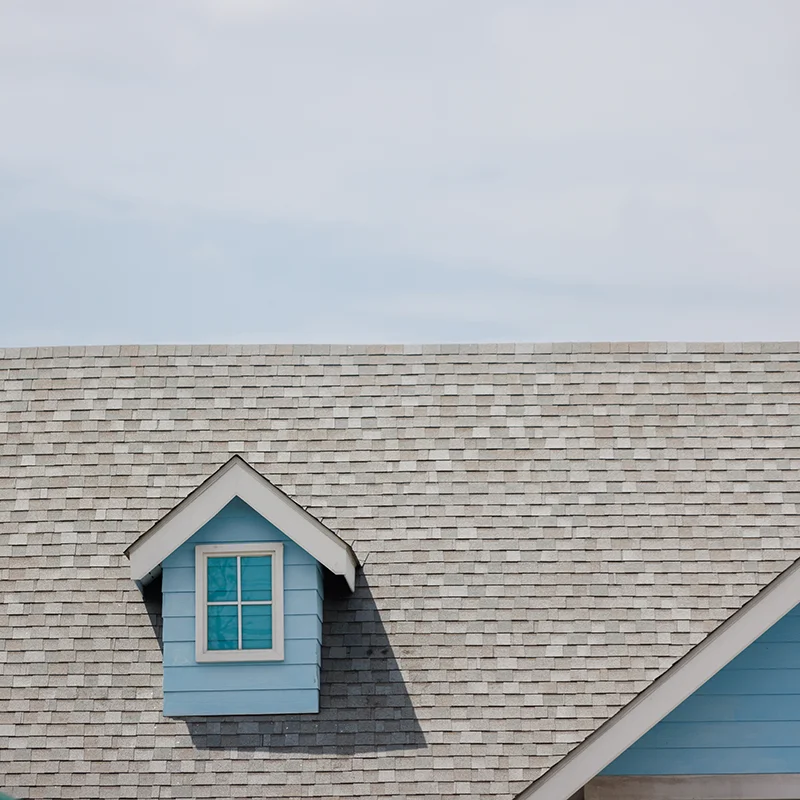
When Cleaning Reveals Underlying Problems
Siding cleaning sometimes reveals problems requiring attention beyond cosmetic care. Cracked or damaged panels become visible once dirt removes, indicating repair needs preventing water infiltration and pest entry. Loose or warped siding suggests installation problems or damage from severe weather requiring professional assessment. Persistent mold or mildew returning quickly after cleaning indicates moisture problems behind siding demanding investigation and correction.
Fading, chalking, or color changes across large areas suggest siding approaching end of useful life or suffering damage from inappropriate cleaning methods previously used. Water stains inside homes near cleaned areas indicate cleaning drove water behind siding, creating problems requiring immediate attention. When cleaning reveals these issues, address them promptly rather than ignoring problems that worsen over time. Professional inspection determines whether repairs suffice or replacement becomes necessary. Understanding when cleaning reveals bigger problems helps homeowners make informed decisions about maintenance versus upgrades.
Partner with Reston Roof for Complete Exterior Care
While Reston Roof specializes in roofing, we understand that home exterior maintenance requires comprehensive approaches addressing all components working together. Clean siding enhances the appearance of quality roofing installations while proper roof maintenance prevents the water problems that damage siding. Our team can recommend trusted partners for professional siding cleaning and repair services, ensuring you receive quality care across all exterior systems.
Our expertise in exterior building envelope systems—from roofing to siding interactions—helps homeowners understand how proper maintenance of all components protects homes comprehensively. Whether you need expert roof repairs, complete roof replacement, or guidance on exterior maintenance best practices, we provide professional service throughout Northern Virginia. We serve Reston, Vienna, McLean, Fairfax, and surrounding communities with commitment to excellence protecting your home investment. Contact us at (571) 453-6515 to discuss your roofing needs and learn how proper maintenance across all exterior systems preserves your home's beauty and value for decades.
